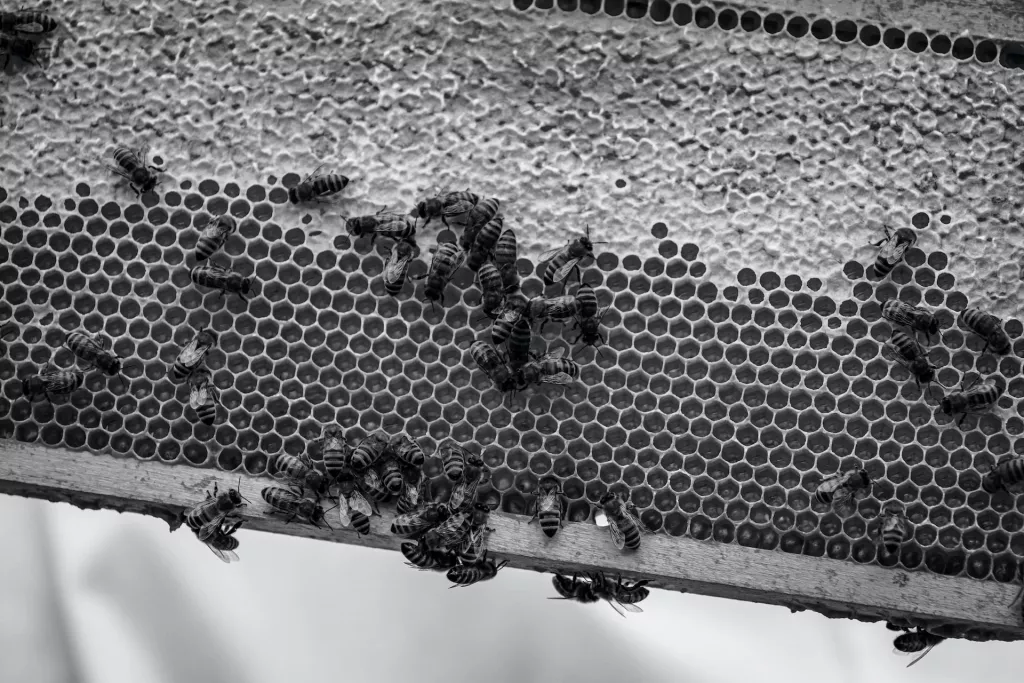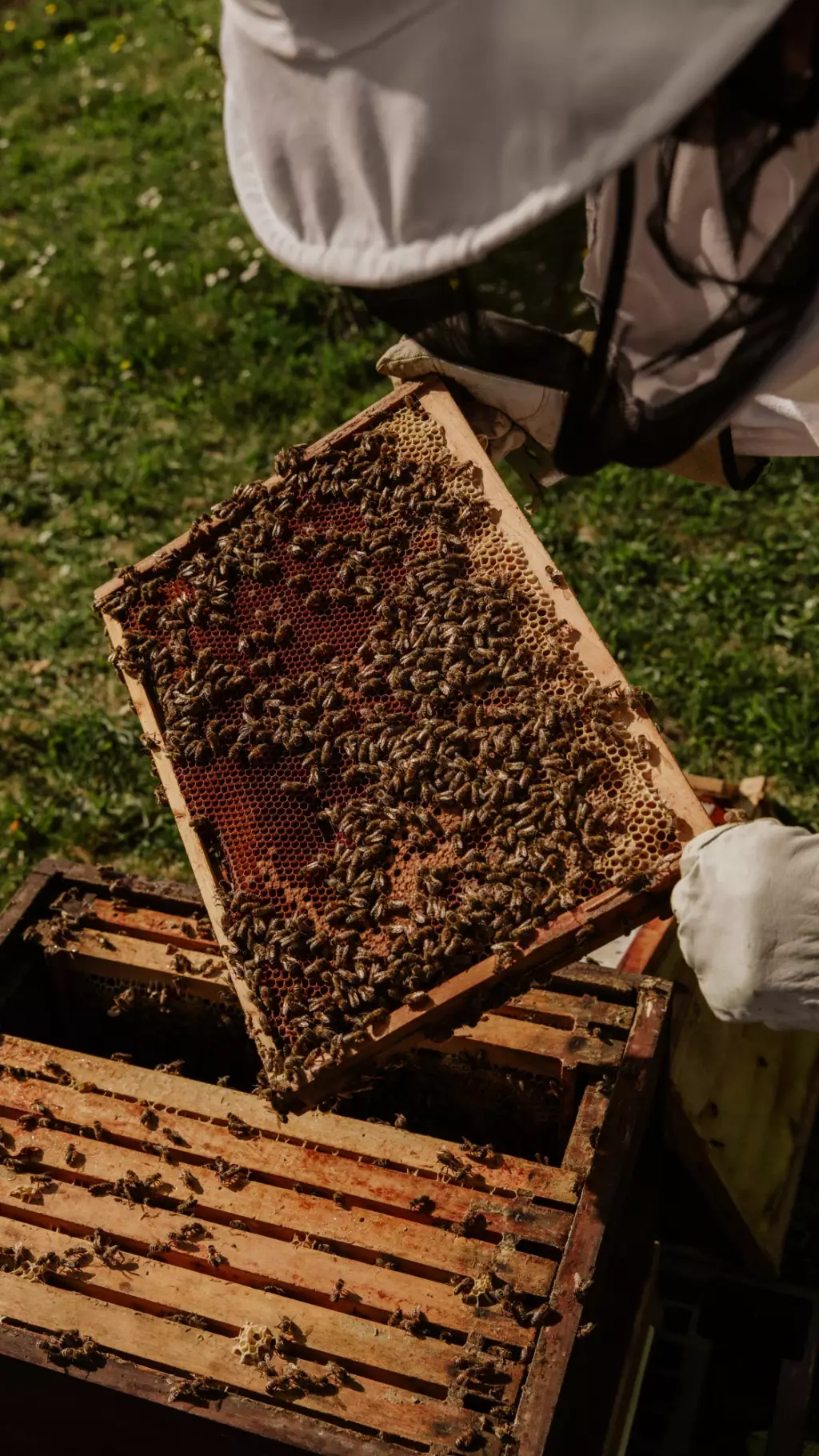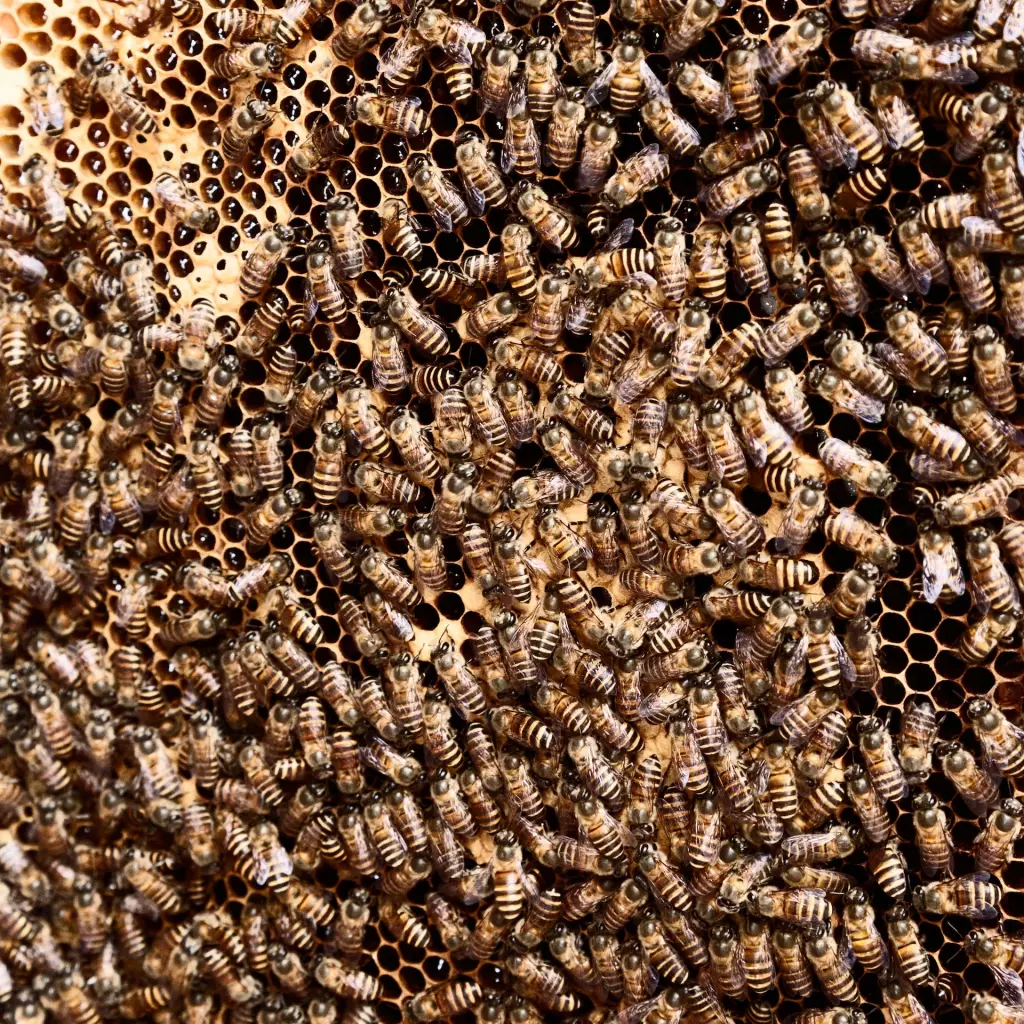Here's How You Know If You Have Hive Mites (Varroa)
The health and survival rate of your bees can be impacted by a mite infestation. If left unchecked, a mite infestation can completely wipe out a colony of bees. But how do you know if your bees have mites?
A rapid decline in the number of adult honeybees, a loss of coordinated social behavior, distorted and malformed honeybees, scattered brood with dead or uncapped brood, and a decline in the number of honeybees in the colony are signs that your beehive has mites
Monitoring your beehives for the varroa mite is the initial step in knowing that your honeybee colonies contain this deadly pest. You can do the sugar shake test to detect for the presence of the varroa. Make sure to do routine inspections to protect your colonies from the impacts of this parasite.
Summary
- To protect your hives, the honeybee industry, and the crops they pollinate, you should inspect your honeybee hives for varroa mites.
- Check for the presence of varroa mites using the sugar shake test, as this will not kill the bees.
- Sometimes all of your colonies have mites, but you just can't see them. Monitor your hives even if you see no signs of infestation.

On this page:
How To Know If Your Hive Has Varroa Mites
As the varroa mite infestation spreads, worker bees and drones lose a substantial amount of weight. Their ability to fly is compromised. When they fly out, they return to the colony less frequently. They also live shorter lives, and their wings and abdomens become malformed.
You know you have hive mites when there's a decline in the number of adult honeybees, a loss of colony coordination, distorted and malformed honeybees, and scattered brood with dead or uncapped brood. The production of honey is often decreased and subsequent infections are more likely in a Varroa mite-infested colony.
The severity of the varroa mite infestation, the amount of brood present inside the colony, and the possibility of viral diseases spread by the varroa mites all affect those symptoms. Colonies that exhibit relatively few symptoms have low mite infestation.
For you to efficiently control this parasite and lessen its negative impacts on your colonies, you must regularly check for Varroa mites. The best way to keep mites under control is to find them early. Check for Varroa mites before you start to see the effects of an infestation.

During the bee season, plan to check for mites at least once each month. In the latter part of summer, when risk is higher, you might wish to check more frequently. Test every hive if you have fewer than 8 or if you require information particular to each one. Check at least 8 hives if you want to know the risk in the yard.
Using the sugar shake test
Use the sugar shake test method to determine whether your hive has been infested with mites. This method does not harm the tested bees.
First, you must gather the following materials needed to complete the test. Make sure they are all dry and clean.
- powdered sugar
- tablespoon for measuring
- sampling jar with a height of at least 100mm and an opening at least 100mm in diameter, and with a screened or mesh lid with holes that are about 3–4 mm in size
- 0.5 cup measuring cup with a mark of 0.42 cups or 100 ml
- white bottomed, large container
- water
- paper towels
You must select a frame to test. You should ideally test the nurse bees that are taking care of the brood because varroa mites are likely to be concentrated there. Nurse bees can be found in a frame that holds either bee bread or brood. As long as there is bee bread, you should be good. Make sure the queen isn't in the frame.
You will need to shake the bees off the frame and into your container in order to collect them for sampling. You want to shake them forcefully enough to surprise them, so they fall, so give them one rapid, powerful shake. Set the tub down on the ground, and shake the frame vigorously downward over the container. Place the frame back into the hive once the bees have been ejected from it and are in the tub.
Nurse bees cling to the frames since they can't actually fly. To get a half cup into the tub, you might need to shake more than one frame. If bees emerge from the container, these are older bees, and you are pursuing the nurse bees, so don't be alarmed.
Shake the bees into a tub corner. Scoop the honeybees using your measuring cup. Make sure you have as many bees as possible, ideally about half. Put the bees in the jar, and then tighten the lid after adding the bees to the jar. Return the remaining bees in the container to the hive. Nurse bees like to cling to the frames and cannot really fly. To keep them safe, put them back in the hive.
Through the screen, pour about two tablespoons of powdered sugar. Use your measuring spoon to put the powdered sugar in the jars on top of the bees. Make sure all the bees are covered in powdered sugar. Since you aren't baking, don't worry about being accurate. The objective is to have enough sugar to adequately cover the bees. Add extra sugar if you believe it's necessary, in order to ensure that all the bees are covered in sugar.

Gently roll the jar on your palm to ensure that the bees are well-coated in sugar. The mites should remain in the jar until you can count them, so be careful not to tilt it upside down. Roll the jar at a slight angle for around two minutes. After that, set the jar in the shade on the ground and give it another two minutes. This is an important step because the bees will start to warm up during the two minutes of rest, which will cause the mites to fall off.
You can reassemble the colony while you wait. You can also fill the container with paper towels to line the bottom. You'll be able to observe mites more clearly with the paper towels.
Shake the jar over the container vigorously after the resting period. If there are any mites, they will drop onto the paper towels through the lid's mesh or screen. To make sure that the mites fall through the lid, you must shake the jar vigorously. Shake the jar vigorously for a minute to loosen any mites that may be clinging to the sides or the spaces between the bees. Shaking too gently is a typical error, so be sure you give it some effort.
Open the jar and put the bees back into the hive, where the other bees will clean them. After you've put the bees back in the hive, you should spray the container with water to help the powdered sugar dissolve. Any mites in the tub should be easily visible after this. Count and note the number of mites in the tub. Due to their small size, the mites can best be seen with the use of a magnifying glass. Make sure you are familiar with the appearance of varroa mites.
What Does Varroa Look Like?
Adult Varroa mites are reddish-brown, have eight legs, and have an oval body that is around 1.1 mm in length and 1.5 mm in width. Although they are visible to the naked eye due to their size, honeybees can conceal them because of their flat shape between the parts of the thorax or abdomen.
The Varroa mites on honeybees resemble ticks. They eat by puncturing the bee's body. These mites take advantage of the honeybee life cycle to reproduce. You can spot them in both worker and drone bee brood, where they complete their life cycle. Worker bee hemolymph (blood) serves as food for a female Varroa mite.
Uncapping the brood (ideally with a drone) is the first step in inspecting it. Look inside the cell for any dark mites and compare them to the pearly white bodies of the developing brood. On adult worker bees and drones, they can also be seen between the sclerites (the hardened plates of the exoskeleton) and between the head and thorax.
Due to its striking resemblance to another bee commensal, the bee louse, Varroa has been mistaken for it. Despite this, distinguishing between them is easy if one keeps in mind that Varroa is a mite and the bee louse is a wingless insect with six legs.
Do All Hives Have Varroa Mites?
These days, varroa mites are so widespread that they are present in almost every hive in the United States. In the US and most of the rest of the world, this parasite is found in every honeybee colony. In addition to feeding on adult and developing bees, varroa also spreads viruses to other bees while they feed, harming the bees.

Varroa has become more difficult to control since its introduction. Varroa is present in almost all colonies, suggesting that the mites are ingrained in the realities of the honeybee industry. Sometimes all of your colonies have mites, but you just can't see them.
Varroa is present in the brood or will be present soon due to infestation from nearby colonies, even though sugar shake tests do not show mites. As mites proliferated, they were used as a vector for a number of viruses.
Can Honeybees Survive Varroa Mites?
Utilizing varroa mite-resistant bees can reduce the need for chemical varroa mite control. Different bee stocks with mite-resistant characteristics have been created in order to achieve this.
It was discovered that this mite-resistant honeybee had a 60% winter survival rate, compared to 26% for the ordinary honeybee, and that it also decreased the amount of mites in the hives.
While certain resistant stocks help control Varroa mite populations, others are built to withstand even severe mite infestations.